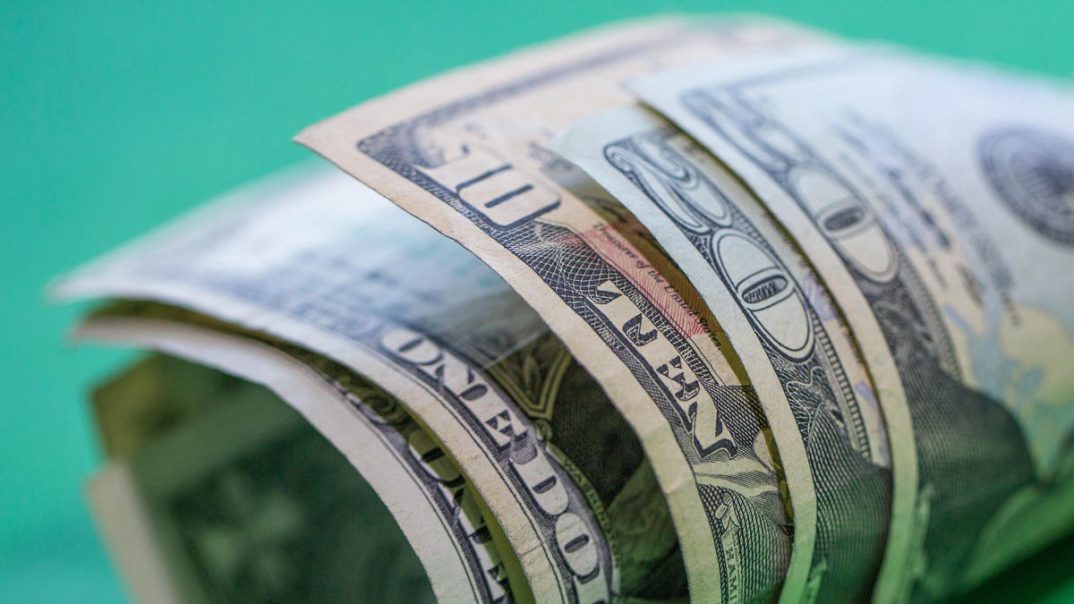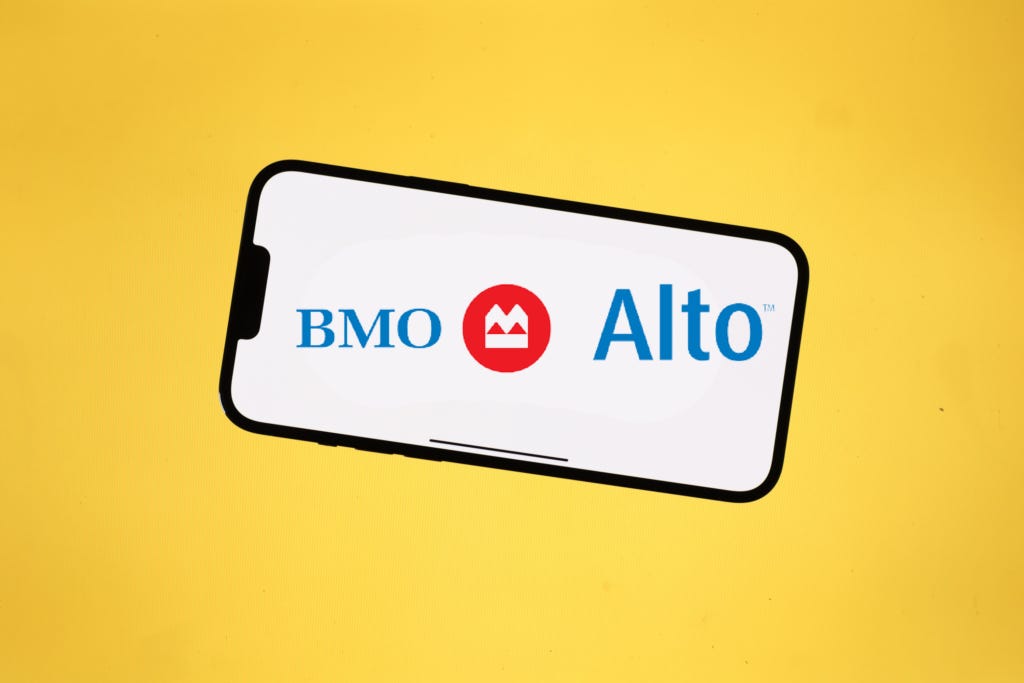Key Takeaways
- If you have a history of responsible money management, you may be in a good position to successfully request a refund of an unexpected overdraft fee.
- You can avoid overdraft fees in the future by opting into overdraft protection and keeping an eye on your account balance.
- It’s also worth considering a bank that has reduced or eliminated overdraft fees.
More than a quarter of households paid an overdraft or non-sufficient funds fee last year, according to the Consumer Financial Protection Bureau — evidence of the fact that many of us struggle to monitor our checking account balances in the midst of busy schedules. If you recently learned your account is overdrawn, that fee can feel frustrating. In some cases, you might even see several charges if your bank’s policy allows for multiple overdraft fees per day.
But don’t despair just yet. Some banks and credit unions are willing to be flexible and reverse overdraft fees. And even if you’re stuck paying them now, there are ways to ensure you never pay them again. Read on to learn more about the ins and outs of overdraft fees and what you can do to avoid them.
How do you get your overdraft fees refunded?
The best way to try to get your overdraft fee refunded is to call your bank or credit union and speak to a customer service representative. While they don’t have to approve your request, you may be able to persuade them by explaining how your account balance managed to cross into the red. If you don’t have a history of overdrafting, be sure to stress that, too.
When you call, also ask about low-cost or free options to prevent any fees in the future. Many banks offer the ability to link a savings account or credit card to your checking account to prevent overdrafts.
What is an overdraft fee?
Overdraft fees occur when a transaction via check, debit card, ATM or electronic bill payment exceeds the available balance in your bank account. For example, if you purchase something for $100 and only have $50 in your account, your bank may either float you the money to cover the transaction or decline to pay it. If your bank lets the charge go through, it may impose an overdraft fee for this service.
How much do overdraft fees cost?
Overdraft fees vary across financial institutions. The average overdraft fee is $26.11, according to research from Bankrate, CNET’s sister site. In some cases, though, they can be much more expensive — closer to $40. Overdraft fees are generally fixed regardless of the transaction amount — you’re charged the same whether you overdraw by $1 or $100.
There are some exceptions. Some banks have amended their policies so they don’t charge overdraft fees if an account is overdrawn by a small amount — $5, for example. Some banks, such as Capital One and Citibank, no longer charge overdraft fees. And many online banks don’t charge overdraft fees at all.
While some banks are lowering or even eliminating overdraft fees, they’re still a major drain on Americans’ finances. Research from the CFPB found that banks earned $5.83 billion from overdraft and non-sufficient funds fees in 2023. Five of the biggest US banks that charge overdraft fees are listed below.
| Bank | Overdraft fee |
| Chase Bank | $34 |
| Bank of America | $10 |
| Wells Fargo | $35 |
| U.S. Bank | $36 |
| PNC Bank | $36 |
Fees as of June 25, 2024
What is overdraft protection?
One way to avoid overdraft fees is by enrolling in overdraft protection. There are a few different types of overdraft protection. The most common simply links your savings and checking account. If you spend more than what’s in your checking account, your bank will shift funds from your savings account to cover it — if your savings account has enough funds in it.
This type of overdraft protection may result in a per-transfer fee, but those fees tend to be lower than standard overdraft fees, and many banks have dropped fees altogether for that sort of overdraft protection. Chase, for example, doesn’t charge anything for linked-account overdraft protection, nor does TD Bank. Many other banks and credit unions won’t charge a fee if you need to transfer funds from a savings account to a checking account.
Other, less common, forms of overdraft protection include linking your account to a credit card or another line of credit. Finally, your bank may offer fee-based overdraft protection, where the bank covers your shortfall and charges you for the service. These monthly fees can often be lower than what you could be charged in overdraft fees, depending on the bank.
Subscribe
How to get overdraft fees refunded
If you’re charged an overdraft fee and would like it refunded, contact your bank as soon as possible with a phone call. Explain your situation and how the overdraft occurred. For example, you may have experienced a delayed paycheck or a recurring payment that increased unexpectedly.
Be polite and let your bank know if you’ve been a good customer for a long time or never overdrafted before. Be prepared to hear “no.” If your customer support representative says that they don’t have the authority to waive your overdraft fee, ask to speak to a supervisor or manager.
Some banks may refund the fee if overdrafting is not a regular occurrence for you. However, it’s not guaranteed — the bank is not obligated to forgive your fee.
Some banks will provide a refund if you are a loyal customer and haven’t overdrawn your account too often. However, if you have a history of overdraft fees, the bank might decline your request for a waiver.
If you feel you’ve been mistreated by your bank, you can consider switching banks or filing a formal complaint with the Federal Deposit Insurance Corporation, the independent government agency that oversees financial institutions.
How to avoid overdraft fees
Stay on top of your balance
Before you swipe your debit card or check out online, check your bank account balance to avoid overdrafting. It never hurts to know how much money you have on hand.
Most banks also offer low-balance alerts, so you receive notifications via text or email every time your balance falls below a certain threshold.
Opt for free overdraft protection
Linked-account overdraft protection helps you avoid hefty overdraft fees by connecting your checking account to a supplementary account or line of credit. But remember, this protection may also result in a fee, though it’s usually less than an overdraft fee.
For best results, opt for a bank or credit union with free overdraft protection. Most banks offering fee-free overdraft protection will cap the amount — for example online-only bank Chime offers free overdrafts up to $200 for members in its SpotMe program.
Opt out of overdraft protection for ATM and debit cards
Federal law protects banking customers from overdraft fees on ATM withdrawals and debit card purchases. Banks cannot charge overdraft fees on those transactions unless you have “opted in” to the service. You’ll usually need to opt in or opt out when you open the account.
Even if you opted into overdraft protection initially, you can opt out later. If you opt out, your ATM withdrawals and debit card purchases will be declined if you don’t have enough money in your account (which could result in a different fee — a non-sufficient funds fee).
Regardless of whether you opt in or opt out of overdraft protection, banks can still charge overdraft fees for personal checks and ACH transactions.
Choose a bank without overdraft fees
Some banks are shifting away from overdraft fees due to pressure from regulators and public opinion. If you aren’t pleased with your bank’s overdraft policies, consider looking for a bank that’s reduced or eliminated overdraft fees altogether.
The bottom line
Overdraft fees can be costly — especially if you’re hit with several on the same day. But it’s possible to avoid them. If you find yourself overdrawing frequently, take another look at your monthly budget, opt into a free overdraft protection program or switch to a bank that doesn’t charge overdraft fees.
But if your overdraft is a rare, straightforward mistake, you can ask your bank for a refund. Explain the reason behind the oversight and feel free to ask multiple officers if your bank’s first answer is no.
Correction: An earlier version of this article was assisted by an AI engine and it mischaracterized aspects of the banks’ overdraft protection fees. Those points were all corrected. This version has been substantially updated by a staff writer.
Recommended Articles
The Best Banks With Reduced or No Overdraft Fees
The Best Banks With Reduced or No Overdraft Fees
What Is Overdraft Protection and Do You Need It?
What Is Overdraft Protection and Do You Need It?
Bank Overdraft Fees: How They Work and How to Avoid Them
Bank Overdraft Fees: How They Work and How to Avoid Them
What Are NSF Fees and Why Do Banks Charge Them?
What Are NSF Fees and Why Do Banks Charge Them?
Overdraft Fees vs. Nonsufficient Funds Fees: What’s the Difference?
Overdraft Fees vs. Nonsufficient Funds Fees: What’s the Difference?
What Happens When You Bounce A Check?




